What Fish Can I Eat with Kidney Disease?
When you’ve been diagnosed with chronic kidney disease, your doctor likely gave you several recommendations. Many of those recommendations probably centered on your diet.
And it’s true, your diet makes a significant difference in the health of your kidneys. There seems to be a bit of confusion around whether eating fish on a renal diet is recommended.
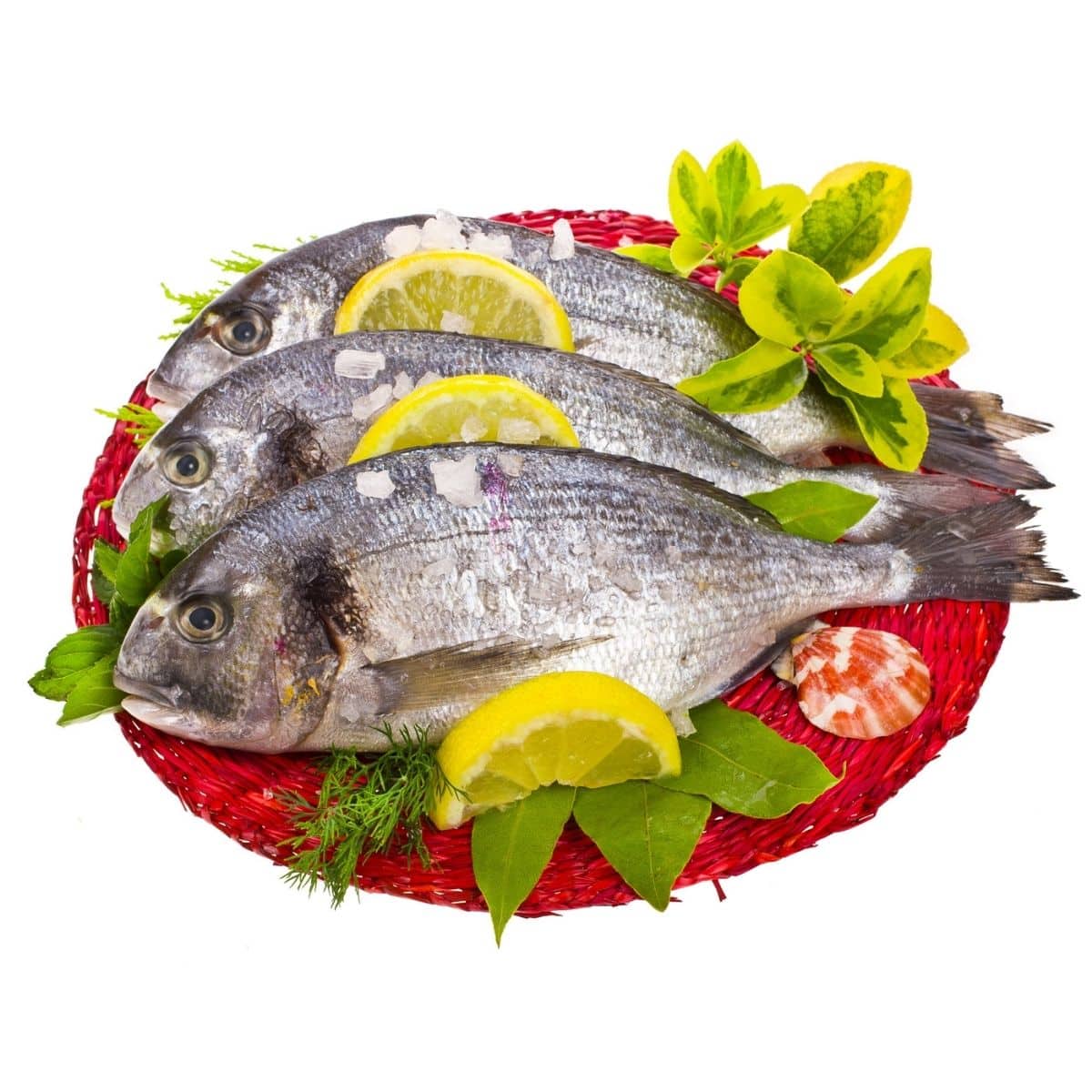
The kidneys are incredibly important organs that help filter out toxins and waste in our bodies. When these organs don't function properly due to conditions like diabetes or high blood pressure, eating nutritious foods becomes even more essential.
Fish is a great source of minerals and omega-3 fatty acids, both of which play an important role in maintaining good health. But not all types of fish are suitable for people who have chronic kidney disease (CKD) – some varieties may contain too much phosphorus, sodium or other substances that could cause harm if consumed in excess.
We understand how challenging it can be to find food sources that meet your needs while still providing adequate nutrition; that's why we've put together this guide on what kind of fish is safe for those with kidney diseases.
We hope this resource will enable you to make wise decisions about what type of seafood to include in your diet and provide helpful tips on how to prepare them safely. Read on for all the details!
Jump to:
- Eating Fish With Kidney Disease
- Things to Look for In Fish on A Renal Diet
- Types Of Fish Low In Potassium
- Protein Intake Considerations
- Tuna And Kidney Disease
- Tilapia And Cod And Kidney Disease
- Salmon And Kidney Disease
- Flounder And Kidney Disease
- Overview Of What Fish Is Good For Your Kidneys?
- What Fish to Eat on Kidney Disease FAQs
- Enjoy Fish With Your Renal Diet
Eating Fish With Kidney Disease
If you have kidney disease, one of the biggest types of foods that you want to eliminate, or dramatically reduce, are things like cured meats. You also need to avoid foods that are high in sodium, potassium, or phosphorus because your diseased kidneys can’t function and filter when those nutrients are high.
However, most types of fish aren’t high in sodium, potassium, or phosphorus and they provide a number of healthy benefits.
Omega 3 Fatty Acids – Many cold water fish like salmon are high in omega-3 fatty acids. These fatty acids are protective, and they help reduce inflammation. And according to the National Kidney Foundation, omega-3 fats may slightly lower blood pressure on your blood vessels. As high blood pressure is a risk factor for kidney disease, finding natural ways to lower it may help protect the kidneys.
Low potassium fish such as salmon, cod, haddock, pollack, trout, and flounder are all great sources of protein with low amounts of phosphorus and potassium. These types of fish can be cooked in ways that make them both delicious and healthy - grilling or baking are good choices for cooking these types of fish.
And not only will you get to enjoy some tasty meals now but you will also know that you are getting important nutrients too like omega 3 fatty acids found in cold water oily fish like salmon, mackerel, herring and sardines – all excellent sources of nutrition for those suffering from kidney disease.
So while making adjustments due to renal issues might seem daunting at first, having access to a variety of low potassium fishes makes it easier than ever to still get essential nutrients without compromising your health or kidney function.
For More Recipes and Ideas --->> Get Your Free Meals and Recipes That Are Perfect for Pre-Dialysis Diets, Pre-Dialysis with Diabetes, or Dialysis Diets.
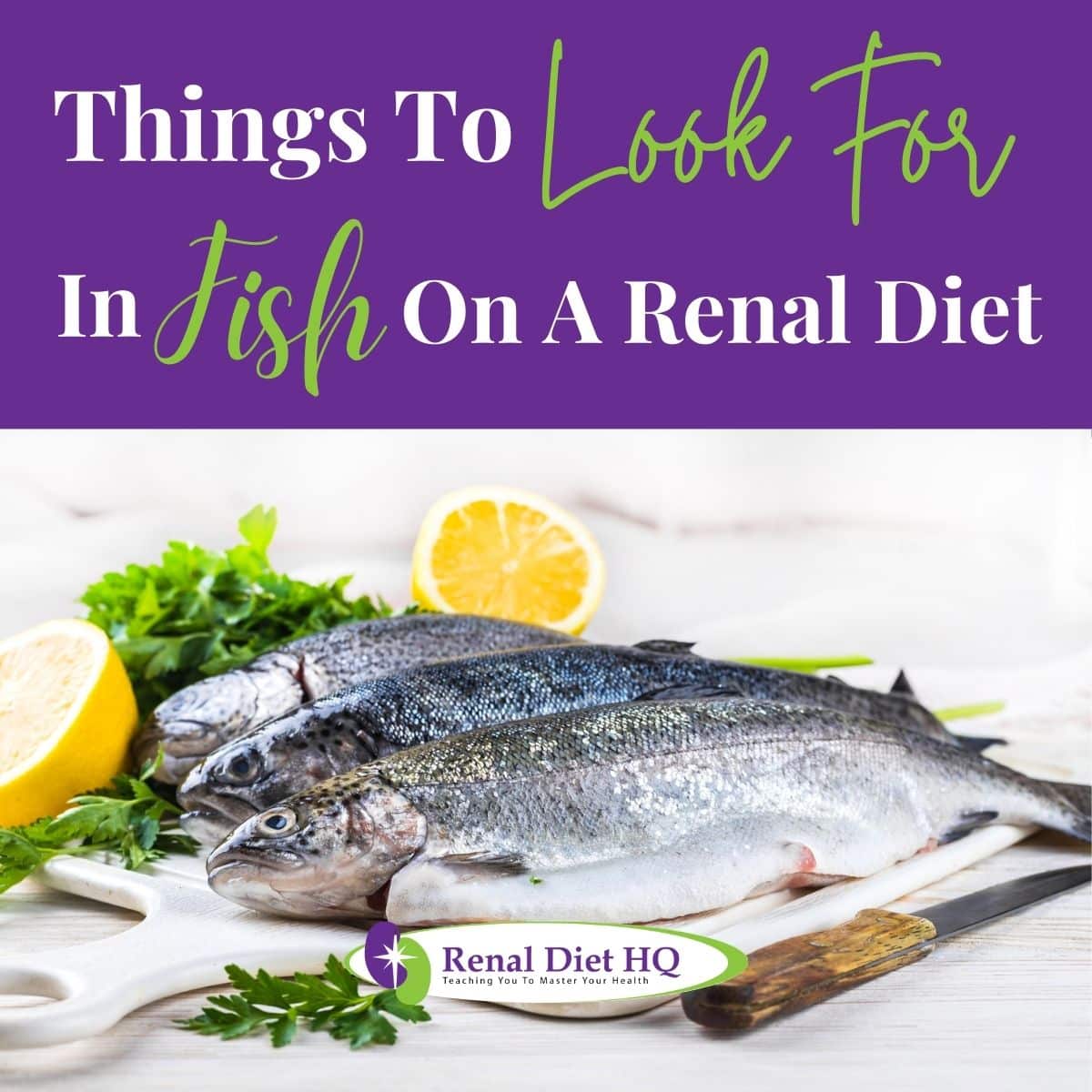
Things to Look for In Fish on A Renal Diet
What Fish to Eat With Kidney Disease
Not all fish is going to be a good addition to your meal plan or renal diet. With kidney disease, as mentioned, there are some nutrients that you want to avoid.
The freshest fish is the best option and an excellent source of nutrients because it won’t have any additives or preservatives. Let’s explore what you want to look for in a kidney-friendly diet when choosing between fish species. You can have access to this 7-day meal plan for kidney disease and diabetes.
Look for Fish that are Low in Phosphorus
Your kidneys have a difficult time filtering phosphorus. Some fish, like sardines, are high in this nutrient. Fish like salmon, sea bass, and tuna tend to be lower in phosphorus. Consider this when choosing your kidney diet.
It's important to know which low phosphorus meats you can consume on this diet.
Keep The Sodium Content Low
If you’re buying canned fish or packaged fish or fish sticks for example, you’ll want to make sure it’s low sodium.
Again, fish like sardines tend to be packed in a salty oil. You may read food labels to prevent choosing these products and increase your opportunity for healthy kidneys.
What is a kidney failure diet? Fresh or frozen fish filets are your safest option for keeping sodium and phosphorus low and improving your kidneys and preventing kidney failure. How does kidney failure affect the body?
Be Aware of Potassium Levels
Generally speaking, the potassium in fish isn’t going to be a problem if you’re keeping your potassium level low in other foods. It’s important to be aware of your potassium because your kidneys can’t filter it.
When your blood potassium levels become high, it can be dangerous and result in progression of kidney disease and even further kidney damage.
Fish like halibut, tuna, cod, and snapper tend to be high in potassium. Whereas tuna, perch, salmon, and haddock have less.
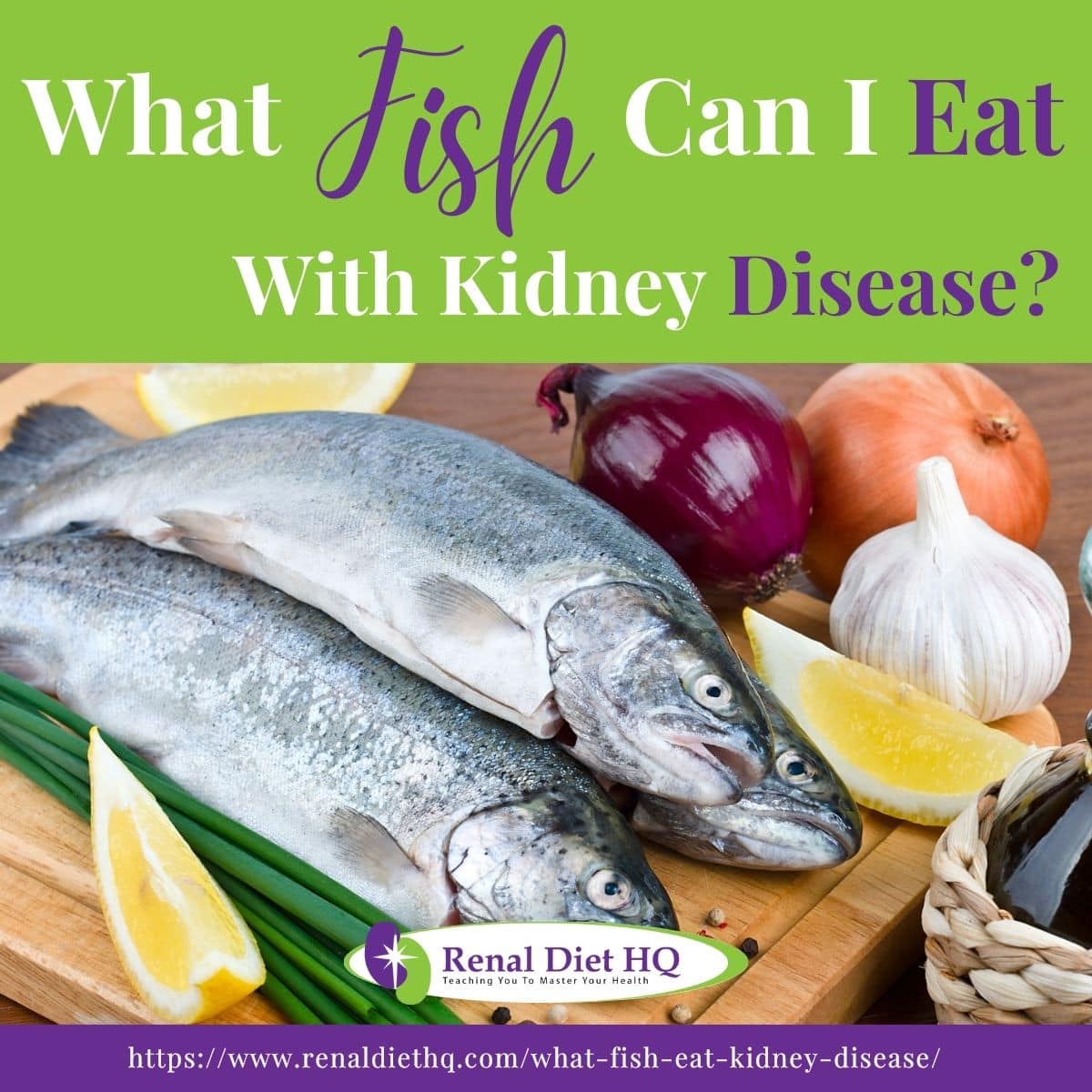
Types Of Fish Low In Potassium
Eating fish is a great way to get healthy nutrients and proteins, but it's important to be conscious of the amount of potassium you're consuming. Focusing on a low potassium diet for kidney disease is easier when you have the right tools.
People with kidney disease need to take extra care when selecting what type of seafood they eat due to their higher sensitivity to dietary changes. Here are four types of fish that are low in potassium:
- Flounder/Sole – These flat fishes are very low in calories and fat, making them ideal choices for those trying to maintain or lose weight while following a renal diet. Per 3 ounces, flounder/sole contain 135 mgs of potassium which makes them quite safe to consume regularly if your kidneys can handle it!
- Tilapia - This mild-tasting whitefish is an excellent option for people with kidney disease as it contains only 300 mgs per 3 oz serving. It's also known for its leanness and affordability.
- Cod – Another good choice for those on a special diet is cod because not only does it have 300 mgs per 3 ounce serving, but it’s high in B vitamins too! Cod has a mild flavor so it pairs well with lots of different sauces and side dishes like steamed vegetables or mashed potatoes.
- Salmon – Not all seafood needs to be avoided by those with kidney disease; salmon is one example since it contains 300 mgs per 3 ounce serving and provides beneficial omega-3 fatty acids as well! Plus, its rich taste means you won't even miss out on having flavorful meals just because you're limited in what you can eat.
When preparing any kind of fish, remember to watch out for added ingredients such as butter or cream sauce that could increase the amount of sodium or phosphorus (low phosphorus diet menu plan) intake without realizing it at first glance.
Two things those dealing with CKDs must pay careful attention to before indulging in some delicious seafood treats!
Protein Intake Considerations
It's no secret that the right kind of diet can make all the difference when managing kidney disease. Eating fish may seem like a daunting prospect, but there are many delicious and nutritious options to choose from. To help you get started, here is a breakdown of some of the best fish for people with kidney disease:
| Fish | Protein Content | Good For Kidney Disease? |
| Salmon | 17 g/3 oz serving | Yes |
| Perch | 21 g/3 oz serving | Yes |
| Catfish | 17 g/3 oz serving | Yes |
| Cod | 15 g/3 oz serving | Yes |
These types of fish provide an abundance of vitamins and minerals while still being low in protein, making them excellent choices for those on a restricted protein diet. I
Why low protein diet in kidney disease? In addition to these four varieties, other good choices include flounder, haddock, pollack, herring and whitefish. Make sure to avoid high-protein fish such as fresh tuna or swordfish as they may be too hard on your kidneys.
When it comes to cooking your fish, try baking or grilling as opposed to frying; this will cut down on calories and fat content without sacrificing flavor.
As always, consult with your doctor if you have any questions about proteins in your diet - they can provide tailored advice based on your individual needs.
With careful consideration and smart eating habits, you'll be able to enjoy tasty meals even with kidney disease!
Tuna And Kidney Disease
Now that we've discussed protein intake considerations for those with kidney disease, let's move onto tuna and high sodium levels.
Many seafood choices can be a healthy option for people with kidney issues as long as they are aware of their sodium content.
So is tuna high in sodium? Unfortunately, yes - certain types of canned or fresh tuna have been found to contain higher amounts of the mineral than other fishes like salmon.
Is canned tuna good for kidney disease? Fortunately, there are ways to enjoy this delicious fish while still being mindful of its nutrient content. Low sodium canned tuna or fresh tuna filets should be picked over regular canned tuna may provide lower levels of sodium compared to canned tuna due to added salt.
Eating these filets cooked at home instead of ordering them from restaurants can also help reduce overall sodium consumption which helps offset any potential increase in potassium intake due to the type of fish itself.
Additionally, eating smaller portions more frequently throughout the day rather than one larger serving can also help manage total daily consumption effectively.
However, even when it comes to fresh tuna steak, caution should still be taken since different species vary significantly in terms of their nutritional makeup.
For example, yellowfin and skipjack tenders may both contain similar amounts of protein but differ drastically when it comes to their respective phosphorus – an important nutrient to restrict for individuals living with kidney disease.
Therefore, consulting your doctor about what specific seafood selections are appropriate based on your individual needs would be wise before indulging in any type of fish regularly.
No matter what you decide regarding consuming tuna – or any other kind of seafood for that matter – understanding how much potassium each product contains is key for maintaining good health if you suffer from renal problems.
Be sure to stay informed about all the facts so you can make an educated decision when selecting foods during mealtime!
Tilapia And Cod And Kidney Disease
Tilapia, specifically, can make an excellent part of a healthy diet for those with kidney problems. It is low in potassium, sodium and phosphorus, making it one of the best fish choices for people with this condition.
Is cod good for kidney disease? Yes! Like tilapia, cod has very few minerals like potassium and phosphorus that could put strain on your kidneys. Plus, its light texture makes it easy to cook in numerous ways without adding extra fat or salt. Therefore, both tilapia and cod are ideal options when looking at what fish can help support kidney health.
Finally, there are also some other types of fish that may provide benefits as well. Salmon and trout are packed full of omega-3 fatty acids which have been known to reduce inflammation and improve heart health - both necessary components of fighting off kidney conditions.
It’s also important to check labels carefully when buying fish – canned tuna often contains high amounts of sodium so look out for versions labeled 'low-sodium' or choose fresh tuna instead. Reading nutrition facts labels with CKD is important.
In summary, when choosing seafood while dealing with CKD it is essential to consider how much potassium and sodium they contain along with their other nutritional benefits.
Luckily, many kinds of fish including tilapia and cod are relatively low in these minerals but still offer plenty of nutrients that can help keep your body functioning properly despite any underlying medical issues.
Salmon And Kidney Disease
Moving onto Salmon and Kidney Disease, it is important to note that this fish can be a great option for those with kidney disease. It is an excellent source of protein which helps promote healthy muscle growth, while also providing essential fatty acids omega-3s, minerals such as selenium, B vitamins and vitamin D.
When looking at the potassium content in salmon, it's good news for those with kidney disease. Salmon falls into the lower range of potassium per serving - making it a safe choice for someone on dialysis or who has impaired renal function.
This makes salmon a viable alternative for individuals whose diet must restrict their intake of high potassium foods like bananas and avocados. You can check out more pre-dialysis diet restrictions to prepare you for this diet.
Flounder And Kidney Disease
Flounder is another type of seafood which people often ask about when looking at options for their renal diets.
Flounder has become known as an excellent source of protein, yet being so low in fat and calories makes it especially appealing for health-conscious individuals. Additionally, flounder is relatively low in potassium compared to other types of seafood such as salmon or codfish.
The average amount per 3 oz ranges from 150 mg (milligrams) to 200 mg depending upon the particular species. This makes it an ideal choice for anyone following a restricted renal diet.
If you need more help, check out these low potassium diet for kidney disease ideas/tips.
Overview Of What Fish Is Good For Your Kidneys?
Seafood is an excellent source of protein for those with kidney disease and can be a great addition to your diet. But what fish is safe to eat if you have CKD? Salmon, tuna, cod, haddock, trout and mackerel are all good choices as they contain low levels of potassium.
They also provide omega-3 fatty acids which are beneficial in reducing inflammation and improving overall health. Additionally, salmon contains high amounts of vitamin B12 which helps maintain a healthy nervous system.
For those looking for the best fish for CKD, shrimp may be an ideal choice. Shrimp has moderate levels of phosphorus and potassium making it one of the safest seafood options for people with CKD. It’s also very versatile so you can incorporate it into many different dishes such as salads or soups.
Fish that should be avoided include eel and shellfish like oysters and clams as these can be high in phosphorus content.
You should also avoid smoked fish due to its salt content which could potentially raise blood pressure - something that needs to stay under control when managing kidney disease. Ultimately, eating fresh wild-caught fish is recommended over processed varieties whenever possible.
What Fish to Eat on Kidney Disease FAQs
Deciding what foods to eat while dealing with kidney disease can be a difficult process. It’s important to understand how your health is affected by the food you consume, and fish may or may not be part of that equation. The question then arises: Is eating fish with kidney disease safe?
When it comes to making dietary decisions for people with kidney disease, there are several factors at play. First, certain types of fish contain high levels of purines which can cause an increase in uric acid production, leading to gout flares or other issues related to impaired renal function.
Second, seafood such as salmon and tuna have higher mercury concentrations than other kinds of fish; this could lead to further complications if consumed in large amounts.
Finally, depending on the stage of their condition, some individuals may need to limit their intake of phosphorus-rich foods like kidney friendly shrimp recipes and catfish due to increased risk of developing hyperphosphatemia (high phosphate levels).
In order to make informed choices about diet when living with kidney disease, consulting a healthcare professional is strongly recommended.
In addition to providing advice on specific types of fish that will work best for each individual case, they can also provide personalized guidance regarding portion sizes and other nutrition-related topics.
Ultimately, taking charge and being aware of one's own nutritional needs is essential for staying healthy and managing symptoms successfully.
When it comes to eating fish with kidney disease, there are certain restrictions you should be aware of. While fish can provide beneficial nutrients for those living with kidney disease, some types may be too taxing on your kidneys and could potentially worsen symptoms.
Therefore, knowing which kinds of fish are safe to eat is essential for maintaining good health.
The American Kidney Fund provides a list of the best choices when selecting seafood options if you have kidney disease. Fish that are low in potassium include cod, flounder, haddock, pollock and tilapia.
Sardines and canned salmon provide plenty of omega-3 fatty acids without overwhelming amounts of phosphorus or other minerals that can put strain on your kidneys while still providing many nutritional benefits.
Avoiding species such as trout and bass due to their higher levels of toxins like mercury is also important for avoiding potential harm caused by consuming them.
However, it’s always best to speak to your doctor before making any dietary changes so they can assist you in finding what works best for you specifically.
It's helpful to remember that incorporating healthy fats into one's diet is an important part of staying healthy while dealing with chronic illnesses such as kidney disease.
Knowing the appropriate types of fish to consume will help ensure proper nutrition while keeping within recommended guidelines from medical professionals - something that’s especially important when managing conditions like this one over time.
Eating smartly will not only give peace of mind but make sure you're taking care of yourself in the most effective way possible.
It is important to consider how much protein you should be consuming when living with kidney disease.
Why low protein diet in kidney disease? Protein can have beneficial effects on our overall health, but it must be consumed in moderation for those with kidney disease. Too much or too little protein intake can lead to a range of serious complications.
By monitoring your daily protein intake, you can ensure you are getting all the essential vitamins and minerals required while also helping to maintain healthy kidneys.
The amount of protein you need depends on two main factors: the stage of your renal failure and your dietary preferences. For people with end-stage renal failure, it is recommended that they consume 0.6-0.8 grams per kilogram of bodyweight each day.
While those with earlier stages may require up to 1 gram per kilogram of bodyweight per day. Depending on their individual needs and lifestyle choices such as exercise level or pregnancy status. It is best to consult a doctor or nutritionist who specializes in kidney issues to determine the right amount for you specifically.
If you have kidney disease, it's important to consider how your diet affects your health.
Can eating tuna everyday hurt you? One of the common questions is whether tuna is a safe seafood option for those with this condition. The good news is that in general, yes, tuna can be part of a healthy, balanced diet when consumed responsibly.
When eating tuna, it’s essential not to over consume as too much could increase potassium levels and put strain on the kidneys. It's recommended that you limit intake to 6 ounces per week - or about 1-2 servings per week - depending on what other foods are included in your meal plan.
Additionally, opt for lower sodium varieties where possible as they are generally safer for kidney patients.
Tuna can provide several nutritional benefits such as protein and omega-3 fatty acids; however, these should still be eaten in moderation as excessive protein intake can lead to urea build up in the body.
Fortunately, by following dietary guidelines closely and maintaining an overall well-balanced diet, including seafood like tuna can be beneficial for people with kidney disease without having any negative impacts on their health or wellbeing.
The differences lie within the sources of their food. Wild-caught fish get their nutrition from natural sources found in their environment such as plants and other smaller creatures and are safer for kidney patients.
On the other hand, farmed fish receive most of their nutrients from manufactured feed made up of grain or meal which often contain higher levels of phosphorus than its wild counterpart.
This makes sense considering that people with kidney disease need to limit the amount of phosphorus they consume for optimal health outcomes.
It's also important to note that some types of farmed fish have additional risks associated with them due to the fact that they are exposed to antibiotics used by farmers to prevent illnesses.
These antibiotics can then be passed on through consumption which can lead to further health complications particularly in those suffering from chronic conditions like kidney disease.
Therefore it's best practice for those who suffer from this condition to opt for wild-caught seafood whenever possible as opposed to farm-raised options, especially if they're unsure about how exactly their chosen option was raised and fed.
When choosing any type of seafood while managing a chronic illness, always take into consideration what you know about your own health circumstances; ask questions around how your potential choice was sourced and prepare accordingly so you can enjoy a nutritious meal without having adverse effects afterwards.
Enjoy Fish With Your Renal Diet
To sum up, if you have a risk of kidney disease and are wondering what fish you can eat, the answer is that it depends on your individual needs.
You should speak with your doctor or a renal dietitian to determine how much protein you need in order to make sure that eating fish won't cause any problems for your kidneys.
In general, fresh tuna and other low-potassium types of fish like salmon, cod, trout, and tilapia are all good options for people with kidney disease.
When possible, choose wild-caught over farmed fish since they tend to be higher in nutrients.
With some careful thought and planning ahead, you can enjoy delicious meals filled with nutritious seafood that will benefit both your body and taste buds.
By taking the time to explore different types of healthy fish dishes, not only will you get to enjoy tasty meals but also ensure that your kidneys get the nutrition they need.
Whether it's grilled salmon drizzled with olive oil or a poached cod filet topped with herbs, there's no shortage of tasty ways to incorporate seafood into your daily menu while managing kidney disease. So don't let this condition stop you from enjoying the goodness of seafood - dive right in!

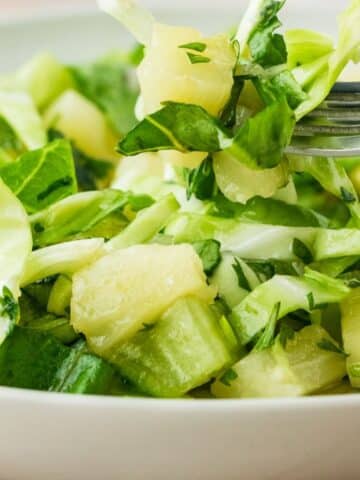



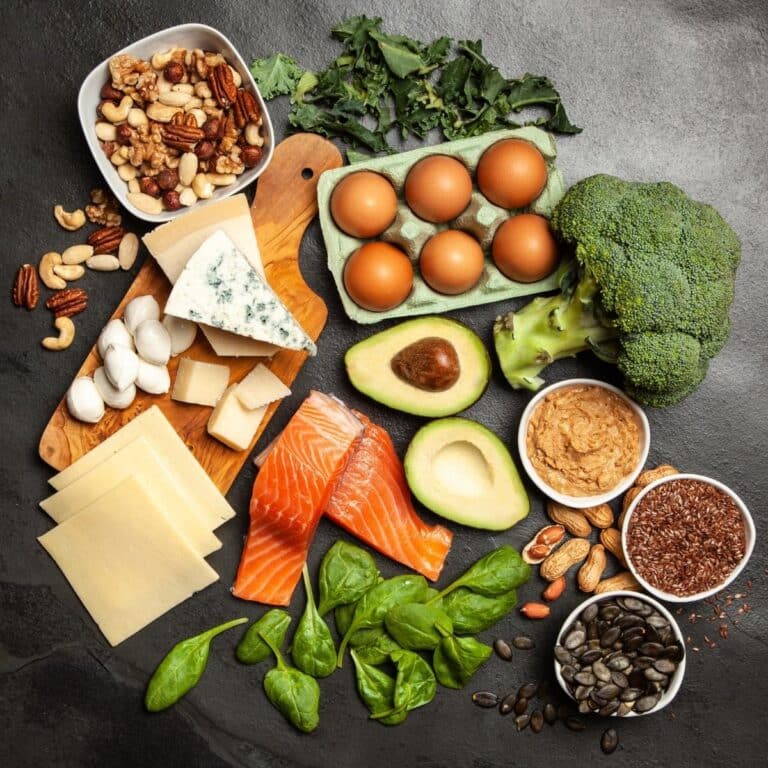
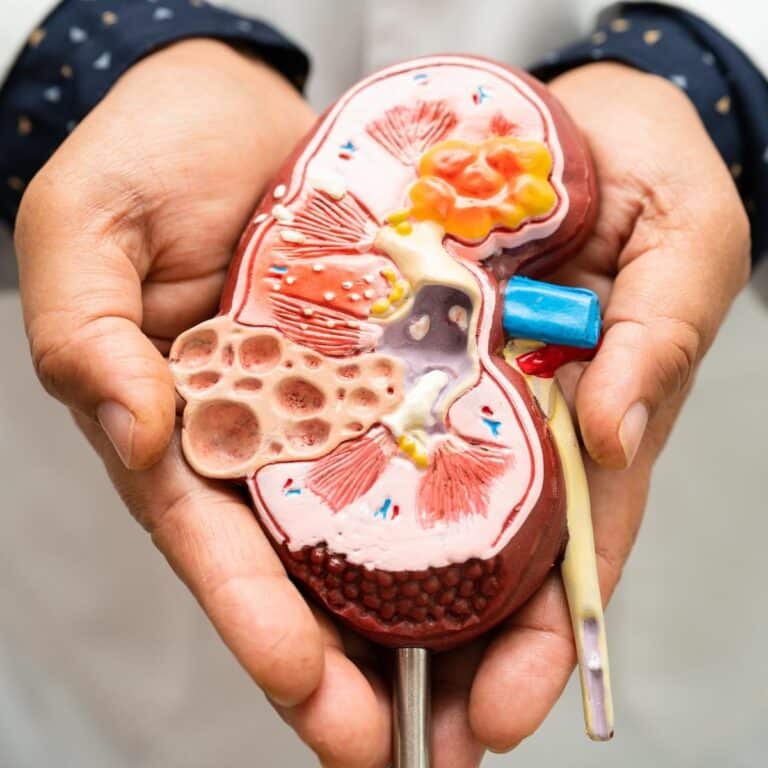
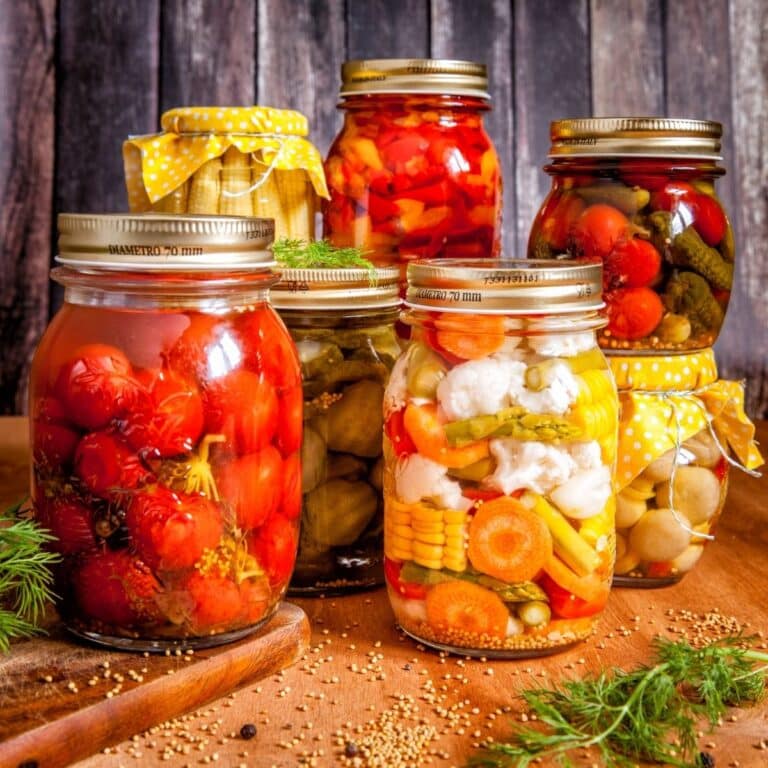
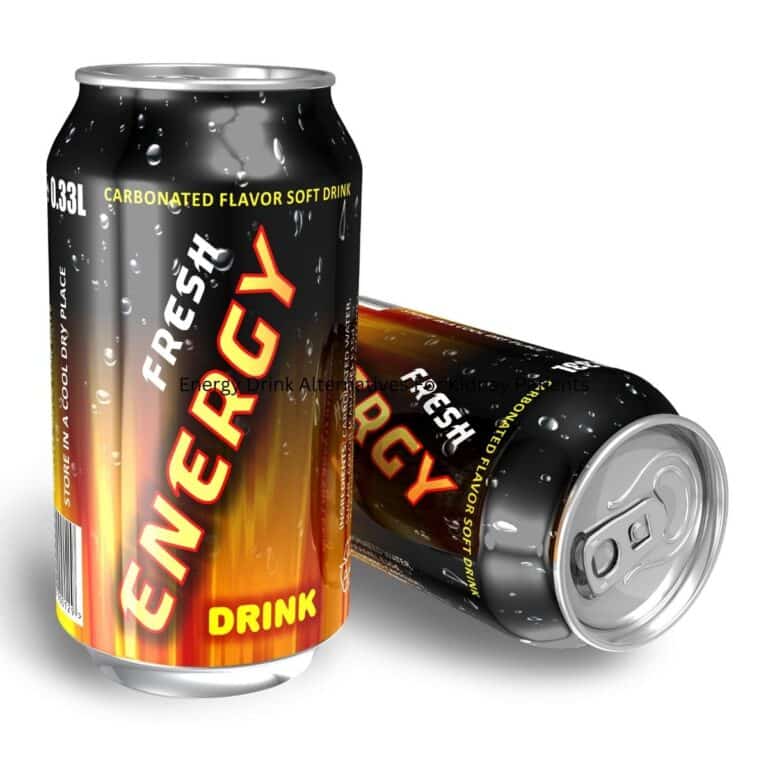
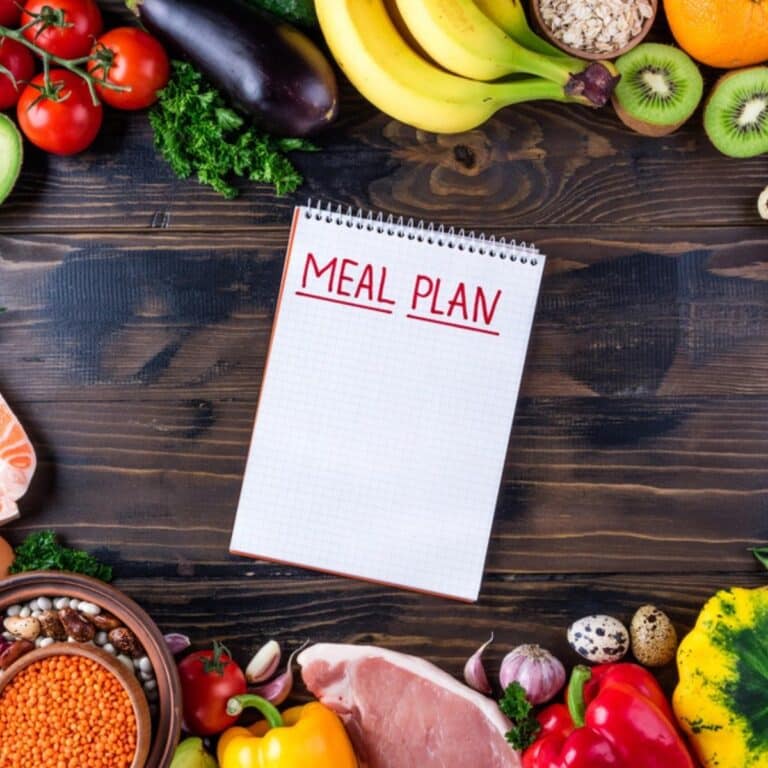
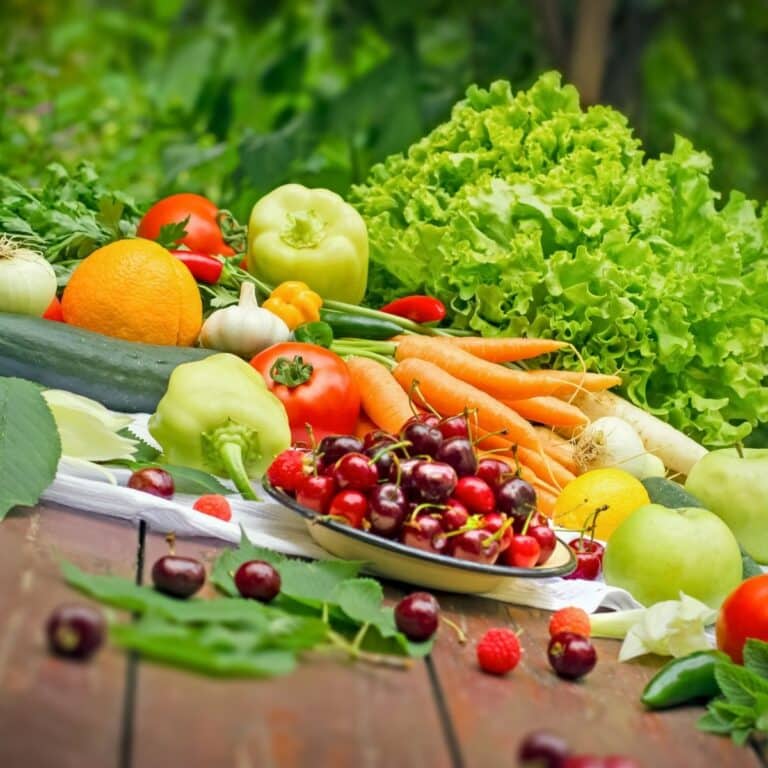
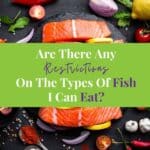
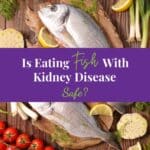
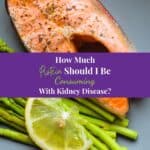

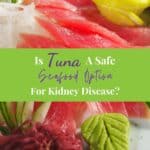
Is Cod good for kidney desease
i thought that salmon was a bad choice for people on dyalasis